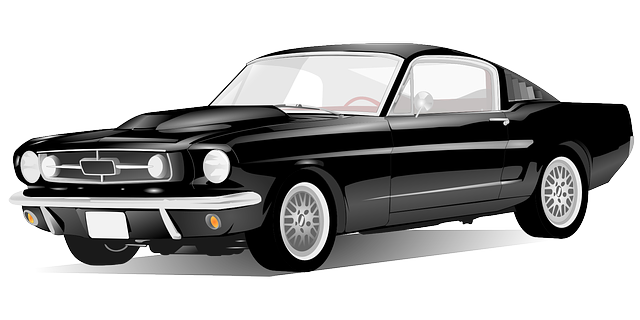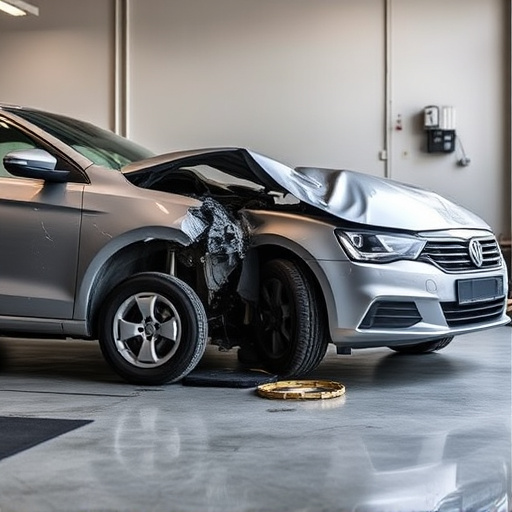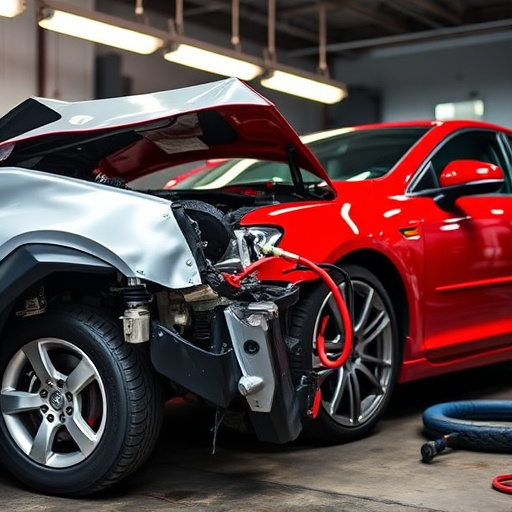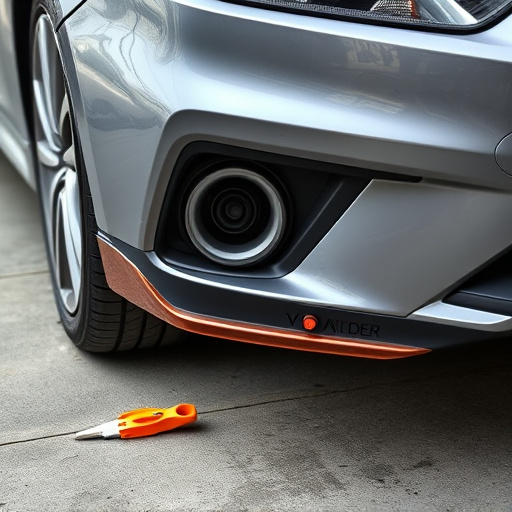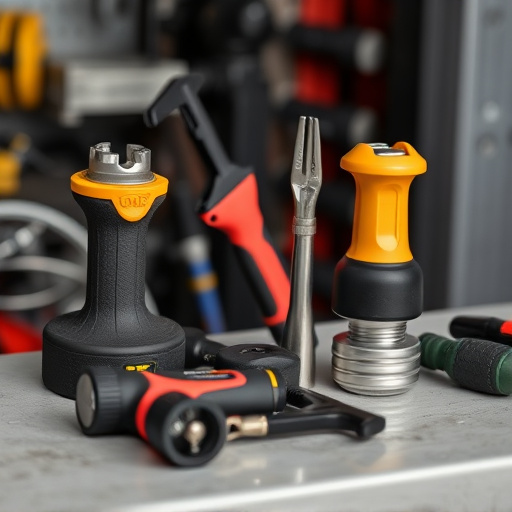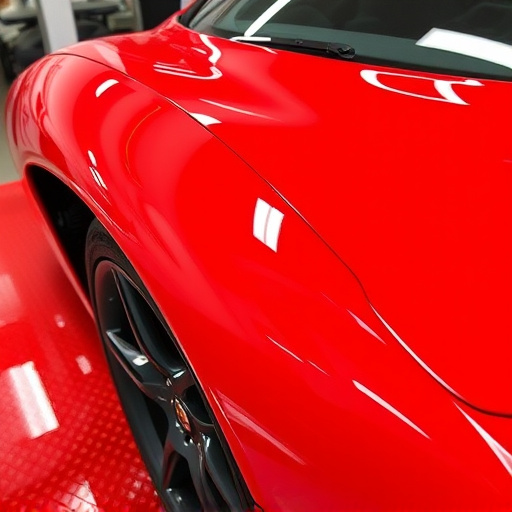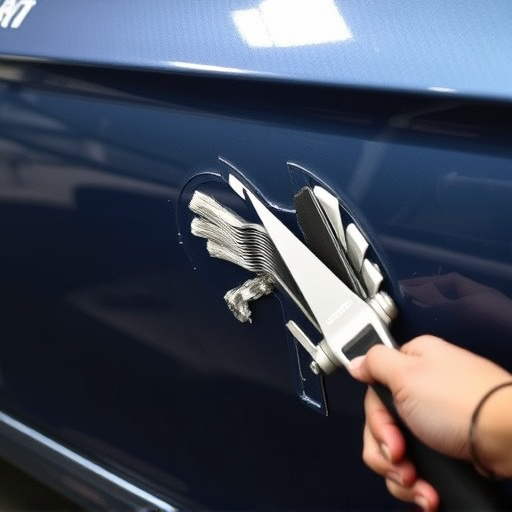The four-stage paint system is a meticulous approach to glass and window frame repairs, mirroring automotive techniques. It involves surface preparation (cleaning, sanding), priming for enhanced adhesion, sequential application of base coats and topcoats, ensuring both structural integrity and aesthetic beauty. This method is crucial for repairing hail damage or car collision scenarios, achieving durability against environmental damage, and providing a chip-resistant finish.
“Discover a revolutionary approach to glass and window frame repairs with our comprehensive guide to the Four-Stage Paint System. This method transforms your repair process, offering superior results in just four easy steps. From initial surface preparation to the final coat, learn how thorough cleaning, precise sanding, and strategic priming lay the foundation for long-lasting protection.
Master each stage, from selecting the ideal paint to mastering application techniques, ensuring a flawless finish that enhances both functionality and aesthetics.”
- Understanding the Four-Stage Paint System
- – Explanation of the four stages and their purpose in glass and window frame repairs.
- Preparation: The Foundation for Successful Repairs
Understanding the Four-Stage Paint System
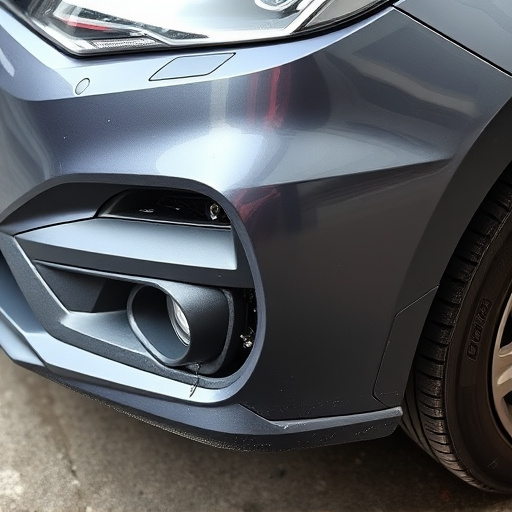
The four-stage paint system is a comprehensive approach designed to achieve flawless results in glass and window frame repairs, mirroring the precision seen in vehicle paint repair and car restoration processes. Unlike traditional methods that might skip or simplify steps, this system ensures every stage is meticulously executed for optimal adhesion and durability. The process begins with surface preparation, where the area is thoroughly cleaned and treated to remove any contaminants. This step is crucial, especially when dealing with damaged frames, as it lays the foundation for successful paint application.
Following preparation comes priming, a phase often overlooked but vital in achieving long-lasting finishes. Primers act as a bridge between the repair surface and the topcoat, improving adhesion and sealing any residual moisture or imperfections. The subsequent stages involve careful application of base coats and topcoats, allowing each layer to dry completely before the next is applied. This meticulous multi-stage approach mimics the care taken in vehicle dent repair, ensuring not just aesthetics but also structural integrity for the glass and window frames.
– Explanation of the four stages and their purpose in glass and window frame repairs.
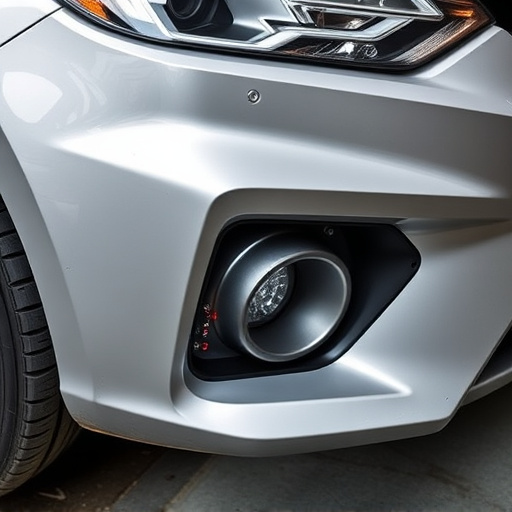
The four-stage paint system is a comprehensive approach designed to restore and protect glass and window frames, ensuring a professional and long-lasting finish. This method comprises four distinct stages, each serving a unique purpose in the repair process.
Initially, the surface is prepared by thoroughly cleaning and sanding to remove any debris, old paint, or damage. This crucial step forms the base for the subsequent layers, guaranteeing optimal adhesion. The second stage involves applying a primer, which not only fills minor imperfections but also acts as a bonding agent, enhancing the structural integrity of the repair. Following this, the third stage sees the application of the base coat, strategically designed to neutralise any residual effects from previous repairs and provide a uniform appearance. Finally, the topcoat is added, offering protection against environmental factors and ensuring the paint job is durable, chip-resistant, and aesthetically pleasing—a far cry from the challenges faced in a car body shop when dealing with bumper repair or other car repair services.
Preparation: The Foundation for Successful Repairs
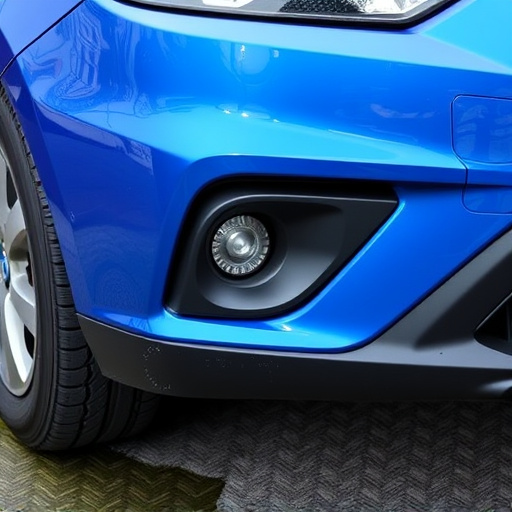
Before initiating any glass or window frame repairs, a thorough preparation process is paramount to ensure long-lasting and visually appealing results. This initial step forms the foundation for the entire four-stage paint system, making it crucial in achieving professional outcomes comparable to those seen in a vehicle body shop. The environment must be cleaned and controlled to prevent dust, debris, or contaminants from interfering with the application process, which is especially important when addressing hail damage repair or car collision repairs.
Proper preparation involves sanding and decontaminating the affected areas to remove any loose paint, rust, or damaged materials. This meticulous process creates a smooth surface, allowing for better adhesion of subsequent layers in the four-stage paint system. Additionally, applying an appropriate primer acts as a bridge between the repair and the final coat, enhancing bond strength and ensuring color consistency across the entire glass and frame assembly—a critical factor to consider when aiming for seamless integration with the vehicle’s existing finish, be it in a hail damage repair or car collision repair scenario.
The four-stage paint system is a comprehensive approach designed to revolutionize glass and window frame repairs, ensuring long-lasting, high-quality results. By meticulously following these stages—surface preparation, priming, painting, and sealing—professionals can achieve a robust, protective finish that not only restores aesthetics but also prevents future damage. This systematic method is a game-changer in the repair industry, providing a durable solution for even the most challenging window repairs.

